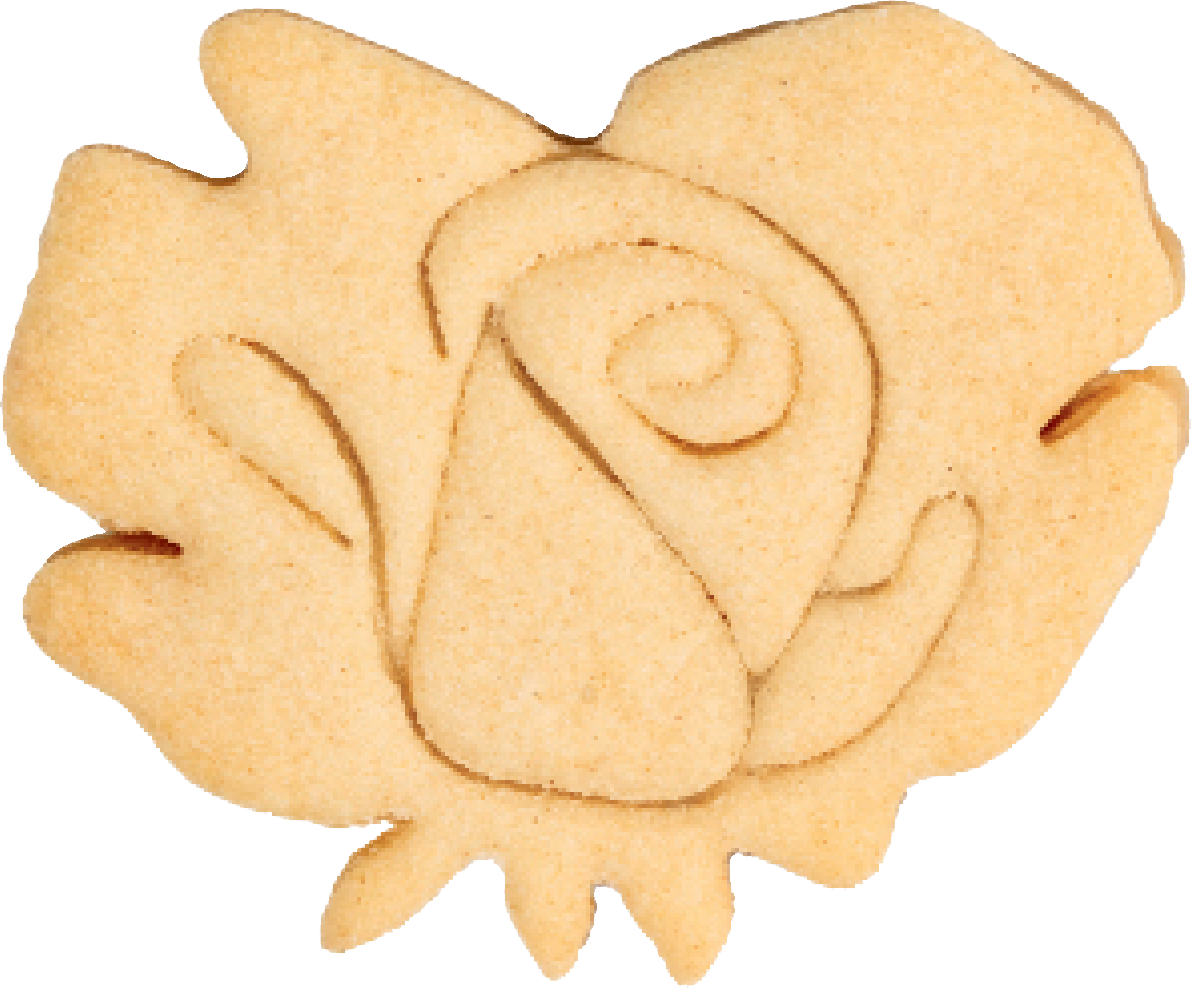TOP 10 GOLDEN RULES FOR BAKING
MY PERSONAL MANTRA:
“If you are going to achieve excellence in big things, you develop the habit in little matters. Excellence is not an exception, it is a prevailing attitude.” —Colin Powell
Studies have shown that baking is excellent for one’s disposition. But there is little that is more disillusioning than, after investing time, enthusiasm, and ingredients, to have disappointing results. Here are ten golden rules to ensure that your baking experience will be joyful in spirit, presentation, and flavor:
1. Begin by reading the Solutions for Possible Problems in each chapter introduction.
2. Read the equipment chapter to see the basic tools you will need. Segregate equipment prone to retaining odors to use only for baking, so that it won’t retain odors such as garlic or spices from savory cooking. This includes cutting boards, measuring spoons and cups, wooden spoons, and silicone spatulas.
3. Use an accurate oven thermometer or the baking time range specified in the recipe to determine if your oven is calibrated (see Equipment for Baking for more information). Refer to the recipe instructions for the correct level for the oven rack or racks to ensure proper rising and browning. And always preheat the oven as indicated in the recipe.
4. Read the ingredient chapter to understand the importance of using the correct ingredients, and avoid substitutions until you have tried the recipe for the first time as it is written. (Make This Recipe Your Own, at the end of many of the recipes, will give you tested ideas for suggested substitutions and variations.)
5. Scales make baking easier, faster, and more reliable when weighing ingredient amounts larger than those that can be measured in teaspoons or tablespoons. Most scales switch readily from grams to ounces and back. Grams are more precise.
6. When measuring ingredients like flour by volume, follow the instructions (see Ingredients for Baking) to avoid inadvertently adding excess flour, which will make cakes dry, cookies and pastry dough crumbly, and bread dense. Use measuring cups with unbroken rims designed for dry ingredients, and measuring cups with pouring spouts for liquids.
7. Read the recipe through before beginning to familiarize yourself with the preliminary preparation (mise en place), temperatures, and timing.
8. When mixing ingredients, the recipes indicate to start on low speed with a gradual increase in speed. This will help keep the ingredients from jumping out of the bowl. It also works well to use the flat beater of a stand mixer to mash ingredients such as the butter so that they integrate more easily. If the bowl is very full, it is helpful to cover the top with plastic wrap until the dry ingredients are moistened.
The mixer speeds and beating times are for a stand mixer. If you are using a handheld electric mixer instead, use a higher speed than specified and a longer beating time.
With both kinds of mixers, it’s important to scrape the sides of the bowl as indicated, to ensure that the batter on the sides gets mixed in evenly. Always stop the mixer when scraping the sides of the bowl. Be sure to reach to the bottom of the bowl, especially when using a stand mixer.
9. High altitude requires adjustments to ingredients and baking temperature depending on elevation. See Approximate Yield for recommendations of information sources.
10. The Internet is a great source for baking questions and ideas. My blog, realbakingwithrose.com, has a printable errata/corrections section. I update new information and changes if and when they occur.
